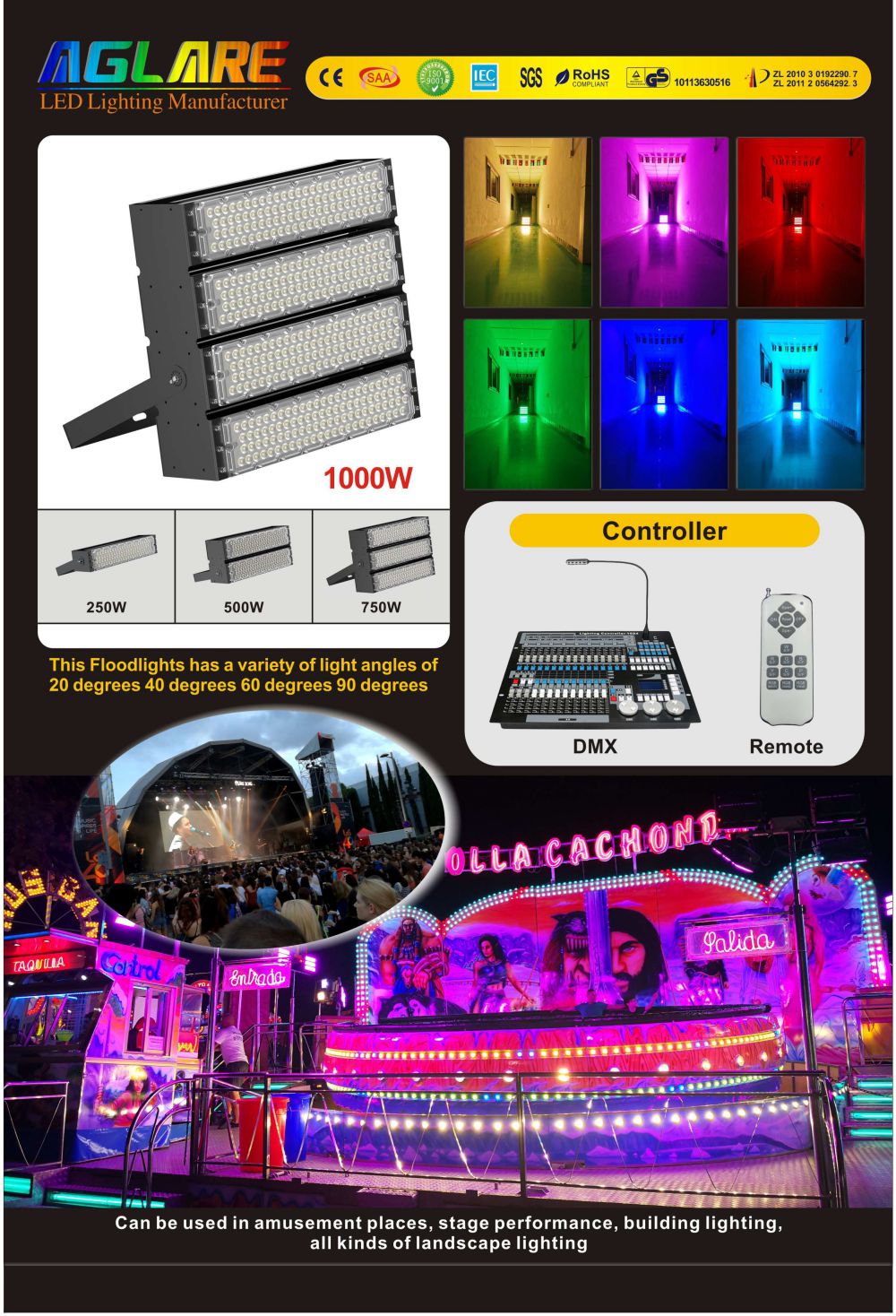-
Products Center
- Module LED Flood Lights
- 100 Series Module LED Flood Lights
- 300 Series Module LED Flood Lights
- 400 Series Module LED Flood Lights
- 600 Series Module LED Flood Lights
- 700 Series Module LED Flood Lights
- 800 Series Module LED Flood Lights
- Cast Aluminum LED Flood Lights
- 100 Series Cast aluminum LED Flood Lights
- 200 Series Cast aluminum LED Flood Lights
- 400 Series Cast aluminum LED Flood Lights
- Street LED Lights
- 100 Series COB LED Street Lights
- 200 Series SMD LED Street Lights
- 300 Series COB LED Street Lights
- 400 Series SMD LED Street Lights
- Application Area
- Certificate Center
- Technical Support
- Contact US

Definition and explanation of Aglare Lighting photoelectric parameters
- date: 2021-12-27
- category: Technical College
- click:

In 1967, the thirteenth International Congress of Weights and Measures in France stipulated the unit of luminous intensity, luminous brightness, luminous flux and luminosity in candela, candela/m2, lumens and lux respectively, which is of great significance for the unification of optical units of measurement used in engineering technology. In order to make you understand and use convenient, the following will be a brief introduction to the relevant knowledge.
1. Definition of candle, international candle, candela (candela)
At a standard atmospheric pressure of 101325 Newtons per square meter, the absolute "black body" with an area equal to 1/60th of a square centimeter (i.e., an ideal object capable of absorbing all external light without reflection), at the solidification temperature of pure platinum (Pt) (about 2042K at 1769°C), the intensity of light along the vertical direction is 1 candela . And, candlelight, international candlelight, candela three concepts are different, should not be equivalent. In terms of quantity, 60 candela is equal to 58.8 international candela, and 1 candela of Heavner lamp is equal to 0.885 international candela or 0.919 candela. 2.
2. Luminous intensity and luminosity
Luminous intensity is referred to as luminous intensity, the international unit is candela (candela) abbreviated cd. Lcd refers to the luminous flux emitted by the light source in the specified direction within a unit stereo angle. When the light source radiation is uniform, the luminous intensity is I = F/Ω, Ω for the stereo angle, the unit is the spherical degree (sr), F for the luminous flux, the unit is lumens, for point light source by I = F/4 . Luminosity is the brightness of the luminous surface, refers to the luminous intensity of the luminous surface in the specified direction and the ratio of the area of the luminous surface perpendicular to the specified direction, the unit is candela/m2. For a diffuse scattering surface, although the light intensity and luminous flux in all directions are different, but the brightness of all directions are equal. The fluorescent screen of a television is an approximation of such a diffuse scattering surface, so that the image viewed from all directions has the same sense of brightness.
The following are the luminance values of some light sources: unit cd/m²
Sun: 1.5*10; fluorescent lamp: (5-10)*10³; moonlight (full moon): 2.5*10³; black and white TV fluorescent screen: about 120; color TV fluorescent screen: about 80. 3.
3. Luminous flux and lumens
The light energy emitted by the light source is radiated in all directions, for the light energy passing through a certain area in a unit of time, known as the radiant energy flux through this area. The frequency of each color of light is different, the eye's sensitivity to each color of light is also different, even if the radiation energy flux of each color of light is equal, in the visual does not produce the same degree of brightness, in each color of light, yellow, green light can provoke the greatest bright feeling. If the green light for the level, so that its luminous flux is equal to the radiation energy flux, the other colors of light, the ability to stimulate the bright feeling than the green light is small, the luminous flux is also less than the radiation energy flux. The unit of luminous flux is lumen, which is the transliteration of English lumen, abbreviated as lm. absolute black body at the solidification temperature of platinum, the luminous flux radiated from the area of 5.305*10³cm² is 1lm. to show the relationship between light intensity and luminous flux, the luminous intensity of 1 candela point light source in the unit stereo angle (1 spherical degree) emitted luminous flux is 1 six names. A 40W fluorescent lamp output luminous flux is about 2100 lumens.
4. Luminosity and lux
Illuminance can be measured directly with an illuminance meter. The unit of illuminance is lux, which is the transliteration of lux in English, and can also be written as lx. The illuminance of an object that is uniformly illuminated by light is 1 lux when the luminous flux obtained on an area of 1 square meter is 1 lumen. Sometimes in order to make full use of the light source, often in the light source attached to a reflection device, so that some directions can get more luminous flux, in order to increase the illumination on the illuminated surface. For example, car headlights, flashlights, photography lights, etc.
The following are various ambient illuminance values: unit lux
